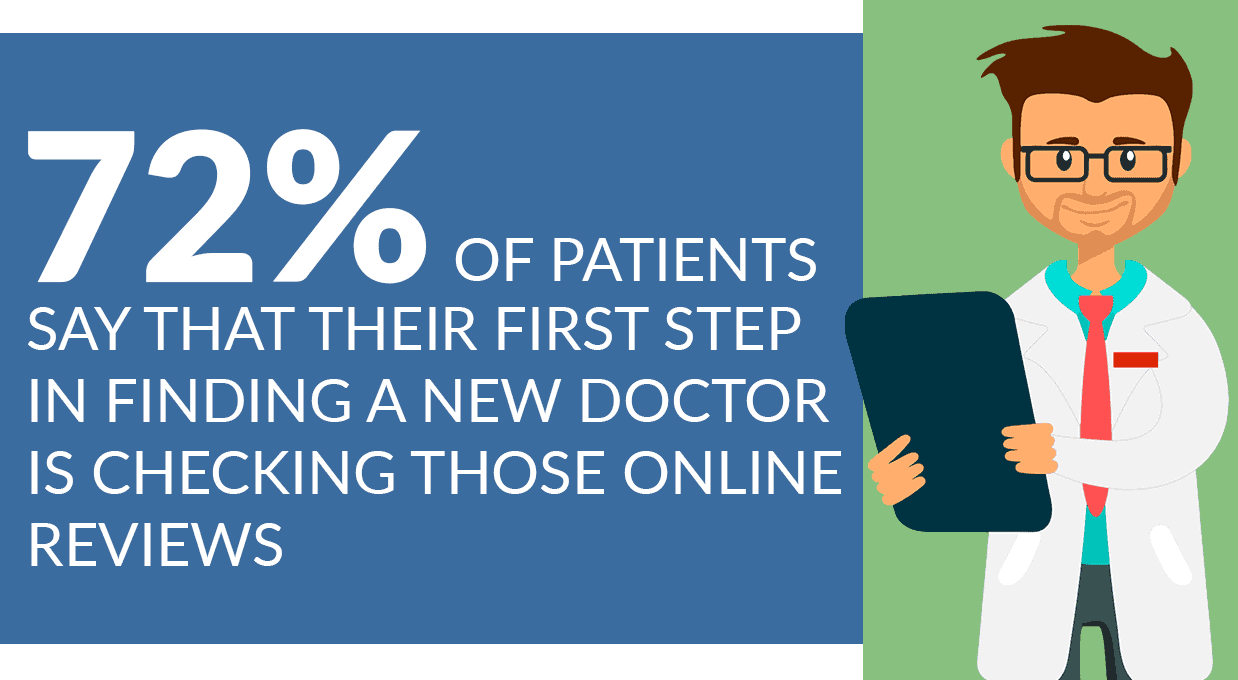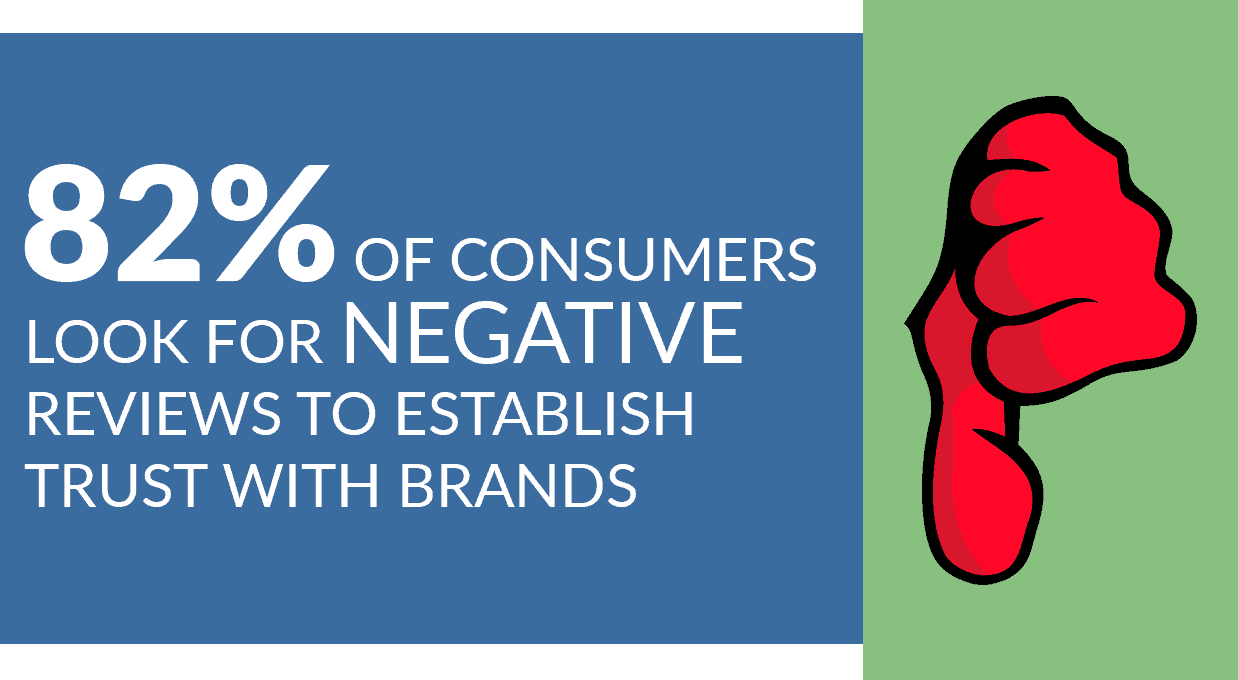You just knew it was too good to be true. And it was. Weeks ago, Google threw a monkey wrench into many a medical practice plan when they announced their new algorithm for online reviews. CRASH!

It was smooth sailing for a while for forward-thinking medical practices. Not only did they provide ample opportunity for patients to give feedback following appointments (through online and offline surveys), they were able to filter negative reviews before going public and respond to disgruntled patients.
Here’s the skinny: your medical practice won’t be able to sift through negative reviews from patients on Google and Yelp (without considerable risk). That means that if you’ve been using software to reach out to your patients to stimulate positive reviews and cut off negative reviews at the root before posting them online, that’s now a no-no for Google and Yelp. The other major review sites haven’t fallen in line just yet, but chances are they will do just that in the not too distant future.
The silver lining in this dark cloud? Your practice stands to gain from more transparency in the online review process. How can negative reviews possibly be beneficial, you ask? Consumer research reports that negative reviews can actually boost your credibility in the eyes of prospective patients and help increase sales.
Below, we’ll spell out how Google’s new online review policy affects your day-to-day management of online reviews and show you how you can use the new rules to your advantage to serve your patients better and improve your bottom line.
How Gated Reviews Work
We manage the day-to-day online reputation process for the majority of our medical practice clients. If you’ve never heard of gated reviews or don’t know exactly how they work in practice, here’s the skinny:
Using a specialized software program, we send text messages to a doctor’s patients the day after their appointment asking them about their visit. Once the patient clicks on the link, they are ushered onto a feedback page and choose from one of three options: a sad face, a neutral face, and a happy face.
 If the patient chooses the sad or neutral option, the feedback gets returned to us internally (known as a filtered review). We notify the medical practice so they can deal with the situation and allow the patient to vent before going online to post an unfavorable review.
If the patient chooses the sad or neutral option, the feedback gets returned to us internally (known as a filtered review). We notify the medical practice so they can deal with the situation and allow the patient to vent before going online to post an unfavorable review.
If the patient clicks on the happy face, they get sent directly to the rating website (be it Google, Yelp, Healthgrades, RateMDs, or Vitals) where that doctor could use a little help. A perfect scenario, right? It’s been working wonderfully for our clients for a long time. But not anymore.
What Google’s New Policy Means
Google’s new online review policy states that it will no longer tolerate filtering negative reviews. According to Google, “gating” patients before asking for their feedback online now runs counter to their terms of service guidelines.
Reviews matter. In a recent study, 72% of patients say that their first step in finding a new doctor is checking those online reviews, and we know that a one-star increase in ratings can affect annual income for business by as much as 10%.

Why do reviews on your Google business page matter so much? Quite simply, Google loves Google (who isn’t in love with themselves?). If your practice listing on Google has more reviews, Google looks favorably on that when determining its search result rankings (remember, the best place to hide a dead body is on page two of Google search results…).
If a potential patient searches “best urgent care center near me,” Google will first and foremost look at the reviews left on any Google My Business page and display the practices with the highest or the most reviews before showing other ones with fewer or less favorable reviews.
REAL WORLD EXAMPLE: We work with many urgent care facilities opening their doors for the first time. To give them an initial boost, one of the first things we recommend is for them to source a few reviews on Google to help promote their Google business page in the search rankings. Traditionally, we’ve used the gated review process to streamline positive reviews on to Google. Now that this is no longer allowed, we need to find creative ways moving forward to get and keep those positive reviews online.
What Now?
Our MO (modus operandi) has always been to help our medical practice clients put their best foot forward, and we will continue to do so, albeit with a slight shift due to the new Google policy change.
 If you’re currently using gated reviews on Google and Yelp, you should stop. Just turn them off. However, you are entirely within your rights to submit non-gated reviews. You can still send text messages to your patients after their appointments and request feedback. You’re just not allowed to filter the negative reviews and promote the positive ones.
If you’re currently using gated reviews on Google and Yelp, you should stop. Just turn them off. However, you are entirely within your rights to submit non-gated reviews. You can still send text messages to your patients after their appointments and request feedback. You’re just not allowed to filter the negative reviews and promote the positive ones.
Having more reviews show up online is in your best interest. Here’s why: if a potential patient has a choice between a practice with a 4.2-star rating and three hundred reviews and another practice with 3.9 stars and three reviews, chances are they will lean toward the practice with more reviews, regardless of whether it’s a perfect five-star or not.
What Are the Repercussions for Non-Compliance?
If you still want to take your chances and filter your reviews despite the new policy, you risk Google taking action and removing all reviews posted since the change took effect. If you get caught, Google will simply delete all of your reviews from April 12, 2018, onward, but for now, it seems they will leave all reviews before that intact. At least this is what is implied in the policy, but Google changes their mind all the time.
It’s a decision that every practice must make for itself. Is it worth taking a chance? Are you planning a grand opening or another event that you want to make a big push for on Google? Or will you act more conservatively and stop filtering all reviews, letting online review nature take its course?
A common question we get from our clients is “Well, how is Google going to catch me? How do they know that I’m doing this or not?” The answer is they don’t until someone tells on you. If no one reports you, then Google will probably never find out. However, one single whistleblower could put all your reviews at risk; therefore, we advise you not to take the chance.
If you do decide to end the gating process, all that will change will be the final step in your online review management process. You’ll still send text messages to your patients just after their appointments, but positive or negative, you’ll be sending them directly to online review sites to share their experience. You can still respond to negative reviews, but only after they’ve gone public.
How Can Google’s New Policy Possibly Benefit Your Practice?
There is a positive side to negative reviews, and we talk to our clients about it all the time. Any business leader worth their salt will tell you they have learned exponentially more through their failures than through their successes.
As a doctor, negative reviews will shed light on how you can up your game from a customer service or an employee engagement standpoint, and enable you to put your best foot forward in the future. Consumers turn to reviews because of their authenticity. When searching for a product, a service or a physician, patients want to hear directly from other patients about their experiences. By displaying negative reviews, you’re declaring to prospective patients that your brand and your practice have nothing to hide.
Negative reviews help patients make smarter decisions (which is Google’s primary goal). 82% of consumers look for negative reviews to establish trust with brands and ensure that the company they may be doing business is up to snuff. In addition to creating authenticity, unfavorable reviews help consumers determine whether or not a product or service is a good fit for them. The same applies to doctors and medical practices.
 Believe it or not, negative reviews, in moderation, can help drive sales. According to a Northwestern University study, a perfect 5.0-star rating isn’t necessarily the best thing for you. In fact, a consumer is more likely to purchase a product with an average star rating between 4.2 and 4.5 stars.
Believe it or not, negative reviews, in moderation, can help drive sales. According to a Northwestern University study, a perfect 5.0-star rating isn’t necessarily the best thing for you. In fact, a consumer is more likely to purchase a product with an average star rating between 4.2 and 4.5 stars.
The reason?
Today’s consumers (and patients) are more savvy and well-informed than ever before. Most people know (or at least they should) that no brand or company can maintain a perfect 5.0-star rating across the board. There is a healthy cynic in everyone. We know nothing can be perfect. When people see only five-star reviews, they can tell that something is up.
Since Amazon’s lawsuit in 2015 against sellers of fake five-star reviews, people’s scam radars tend to go off and suspicions raised when a product or service is rated as “perfect.” To most patients, a more average rating of 4.2 or 4.5 stars is more realistic, balanced, and transparent. Having a healthy mix of positive and negative reviews boosts your credibility and will confirm to potential patients that your reviews on different rating sites have not been faked or filtered.
Negative Reviews Can Drive Improvement
We’re all wary of criticism, even when it’s constructive. Sometimes it’s not easy to take a hard look in the mirror. However, for those doctors brave enough to face the music, negative reviews can help them transform their practice for the better.
Most user-generated ratings come from patients being honest about their experience and sharing how they would have liked things to be different — that’s invaluable (free) advice that you couldn’t get by spending thousands of dollars on consultants. As a healthcare practitioner, you can leverage that data to help your practice serve patients better. However, let’s face it, some reviews are just plain outlandish — an issue with the whole system — and doctors have little recourse.
 In our experience working with medical practices, for the most part, the reviews we receive from patients are 85-95% positive. When we send out filtered reviews, we typically get a 25%-30% click-through rate. So of the 25-30% of patients that click-through to the survey, the vast majority are positive leaving roughly 10-15% negative reviews that the practice has to address.
In our experience working with medical practices, for the most part, the reviews we receive from patients are 85-95% positive. When we send out filtered reviews, we typically get a 25%-30% click-through rate. So of the 25-30% of patients that click-through to the survey, the vast majority are positive leaving roughly 10-15% negative reviews that the practice has to address.
Often, doctors can identify a common thread throughout a stream of unfavorable feedback. Moreover, patient complaints do not tend to center around the level of care they received; rather, negative feedback revolves around other factors be it billing, long wait times, or front-line staff behavior.
REAL WORLD examples:
One ENT practice we work with consistently receives negative reviews about a front desk person at one of their locations. Can you say wake up call? Without those negative reviews, that practice never would have known about it and wouldn’t have been able to take action to stop the bleeding.
Another client of ours, an orthopedic practice transitioned to a new EMR. As a result, they regularly witnessed a couple of negative reviews per day related to wait times and computer system lags. However, the practice prepared their patients and staff for the anticipated delays and helped alleviate the negative feedback and frustration.
Negative reviews can also be a useful tool for quarterly employee evaluations. They will provide you with a barometer of whether people are in the best positions to succeed. Your goal is to ensure your staff is ideally positioned to treat your patients with the very best care possible, and negative reviews help you steer toward success.
Another thing to think about is adapting your filtering software through natural-language processing. By scanning reviews and grouping the responses by key phrases, you can automate the process of predicting trends across all your reviews and then respond by putting policies in place or addressing the issues.
If you can track and analyze which positive phrases keep showing up in your reviews and why, and do the same with negative responses, you’ll get a snapshot where you can quickly identify tendencies at your practice. And over time, you’ll be able to respond to those shifts proactively.
Negative Reviews Are Here to Stay
Let’s face it — like death and taxes, negative reviews are inevitable.
What the change in Google’s policy means is that once again, consumers are in complete control. While you may no longer be able to contain what your patients say, you can use the tools in front of you to elevate your game, enhance customer service and employee performance and engagement. Your employees are the ones, especially your frontline staff, that have a significant impact on reviews one way or another.
The bottom line is that there is nothing to fear. Keep sending your follow up text messages or emails and keep asking for feedback. You and your practice will only benefit in the long run.










